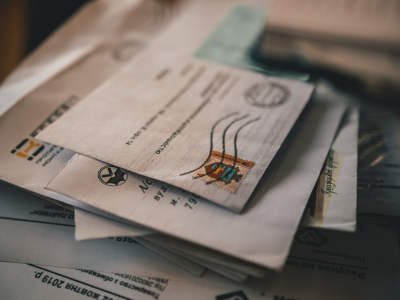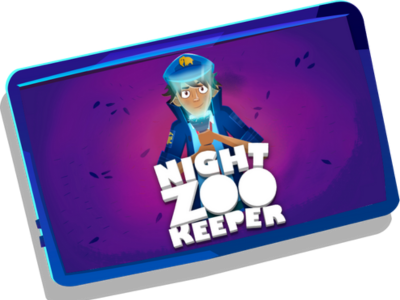Commas
Learn when to use commas

Home > Resources & Worksheets > Punctuation > Commas
Learning when to use commas can be quite confusing for children, as there are many different uses for them. A comma is a punctuation mark normally used in the middle of a sentence to provide additional information, such as to include a nonrestrictive clause, introduce a complete thought, list out items, and more! Commas can easily change the meaning of the sentence and lead to misreadings, which is why it’s crucial that your child understands how to use them correctly when they write.
This guide includes everything your child needs to know about using commas. We’ve included lots of tips, activities, and resources to help them along!
When to use commas
- When separating independent clauses
- When separating the introductory clause from the rest of the sentence
- When identifying nonessential clauses within a sentence (this is done by using a pair of commas)
- Before a coordinating conjunction to separate two independent clauses
- When separating introductory words or introductory phrases from the main clause
- After and before quotation marks
- When separating coordinate adjectives
- When providing additional, but nonessential information
- When separating direct quotations from the rest of the sentence, as well as to separate the quotation’s attribution
- When separating appositives from the noun phrase and the end of a sentence
- When linking two independent clauses (this is known as a comma splice)
P.S. A comma is different from a semicolon because it can’t be used at the end of a sentence. A semicolon on the other hand imposes a longer pause, and can hold two main clauses together.
How to Use Commas in Lists
Commas separate each item within a list. This helps someone who is reading a list to know which items are separate from each other. Without commas in lists, the list items would blend together, making the list much harder to read!
Examples of commas used in lists
- Today, I have to get groceries, clean my room, and finish my homework.
- Sam the Spying Giraffe is very optimistic, loud, and clumsy!
- My mom told me to always be kind, caring, and nice to those around me.
- Eek the Eskimouse loves to be creative, courageous, and dress up.

How to Use Commas in Letters
This example should help your child writer understand how to punctuate their letters.
Dear Grudge,
I hope you are well and comfortable in your cave.
No one in the Night Zoo has heard from you for a long time. Is everything okay?
How is the weather on the Mountain in the Sky?
Yours sincerely,
Ant
The opening statement is followed by a comma before the main content of the letter is introduced. The closing statement is also followed by a comma, right before Ant signs his name. These are two important instances in which commas are necessary for letters!
Using commas in letter addresses
Letters need to be correctly formatted in order to be successfully delivered. The address on the envelope, and sometimes even at the top of the letter itself, should be clearly identifiable. Your child may also include an address as part of the main message of the letter. Each of these cases has its own rules on how to correctly format and punctuate an address.
Here’s an example of a correctly formatted address that would go on the front of an envelope. Each part of the address is separated by a new line, and typically the address is centred on the envelope:
Eek (name)
2 Igloo Street (street number and name)
Igloo City (city name)
The Night Zoo (country or state name)
The same formatting would be used when putting your child’s reply - to address in the top right of a letter, but it would simply be right-aligned instead. In some formal letters, the recipient's address is on the left of a letter; below the reply-to address, but left-aligned, and before the opening greeting.
When writing an address in a sentence (within a letter, or any other piece of writing), each part of the sentence must be separated by a comma instead. Here is an example:
Eek lives at 2 Igloo Street, Igloo City, The Night Zoo.
Activity & Resource
Now that your child is familiar with how to use commas, they’re ready to give it a go themselves! Download the resource below to test their new knowledge:

How Night Zookeeper can help

Night Zookeeper makes reading & writing fantastically fun for children!
Our award-winning reading & writing program includes thousands of educational resources, including word games, skill challenges, and interactive lessons that engage, entertain, and teach children in a fantastically fun way.
Sign up today to get a FREE 7-day trial!
More Resources
- Apostrophes
- Commas
- Speech Marks
- Punctuation (overview)
Related Content


Make Reading & Writing Fantastically Fun!
- Award-winning reading & writing program for kids
- Improves spelling, grammar, punctuation & vocabulary
- Over 1,000 different learning games and activities



